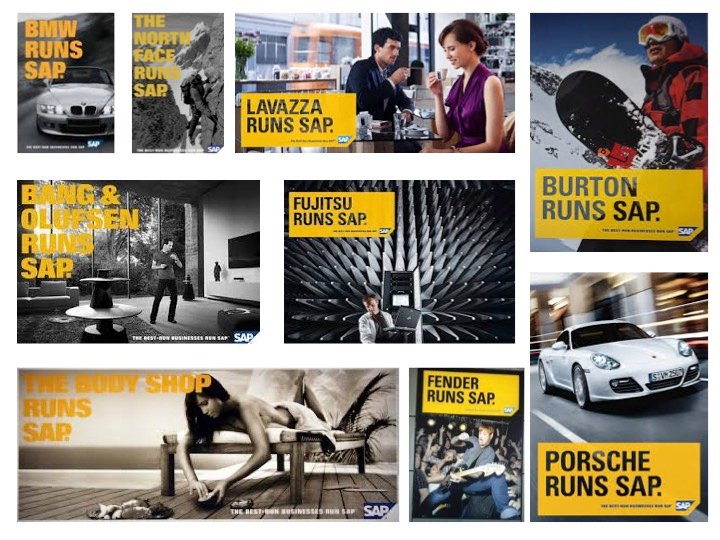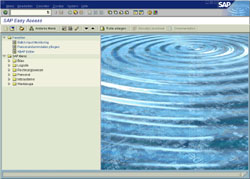What is SAP?
by zsolt | Sep 3, 2013 | SAP |

| SAP is a huge and well designed business software made by SAP AG, used by 12 million users around the world. SAP stands for Systems, Applications, Products. |
|
|
|
 |
|
|
|
| SAP covers all the areas a usual company needs apart from the office suite, with millions of codelines on the fields of logistics, production, finances and personnel. |
|
|
|
It has thousands of predefined document types and transactions therefore instead of using many different programs, you can solve your problems with just one. However you need a huge amount of expertise and care to introduce and manage it. (SAP is not for the faint in the heart. 😉 )SAP is multilingual, multicurrency and multinational. It has industry specific “solutions” for carmakers, banks, hightech firms etc…More information at
www.sap.com/company, help.sap.com.
Fun fact 1: One elephant is simpler to feed than a zoo of small animals.
Fun fact 2: Only big houses can have elephants in their garden.
Fun fact 3: To control an elephant you need to tie it when it is young. Otherwise it will be a wild ride and might be easier to start again with its children. |
|
|
Dear Zsolt, dear Mr. Balai,
I just read “Web_Dynpro_for_ABAP_Tips_and_Tricks_V07” with your helper class and I think, I can do a smaller solution for the method on page 17:
{{{
method GET_ELEMENT_PATH.
DATA:
lv_path_length TYPE i, lv_elpath_length TYPE i, lv_attribute_length TYPE i. “New
* … your coding. Replace the LOOP … ENDLOOP with:
“ Get element path and attribute in other way – new coding
lv_path_length = strlen(path).
READ TABLE lt_path INDEX lv_length INTO attribute. “last entry
lv_attribute_length = strlen(attribute).
lv_elpath_length = lv_path_length – lv_attribute_length – 1. “- 1 for the ‘/’
elpath = path(lv_elpath_length).
}}}
If the NEW ABAP doesn’t support READ TABLE or the character operations strlen(A) and A+n(m), your coding is best!
I’ve been a coder from 1998 – 2005.
I see on your page that you are interested in other coding languages. My interest is in old languages: Assembler, COBOL, Pascal, C and R2. I remember “SEGMENT BK” and “GET NEXT BSEG” (MK -> MSEG) from R2.
Do you have some examples for me? I want to make a “museum_of_old_coding”.
Yours
Heike Harnack